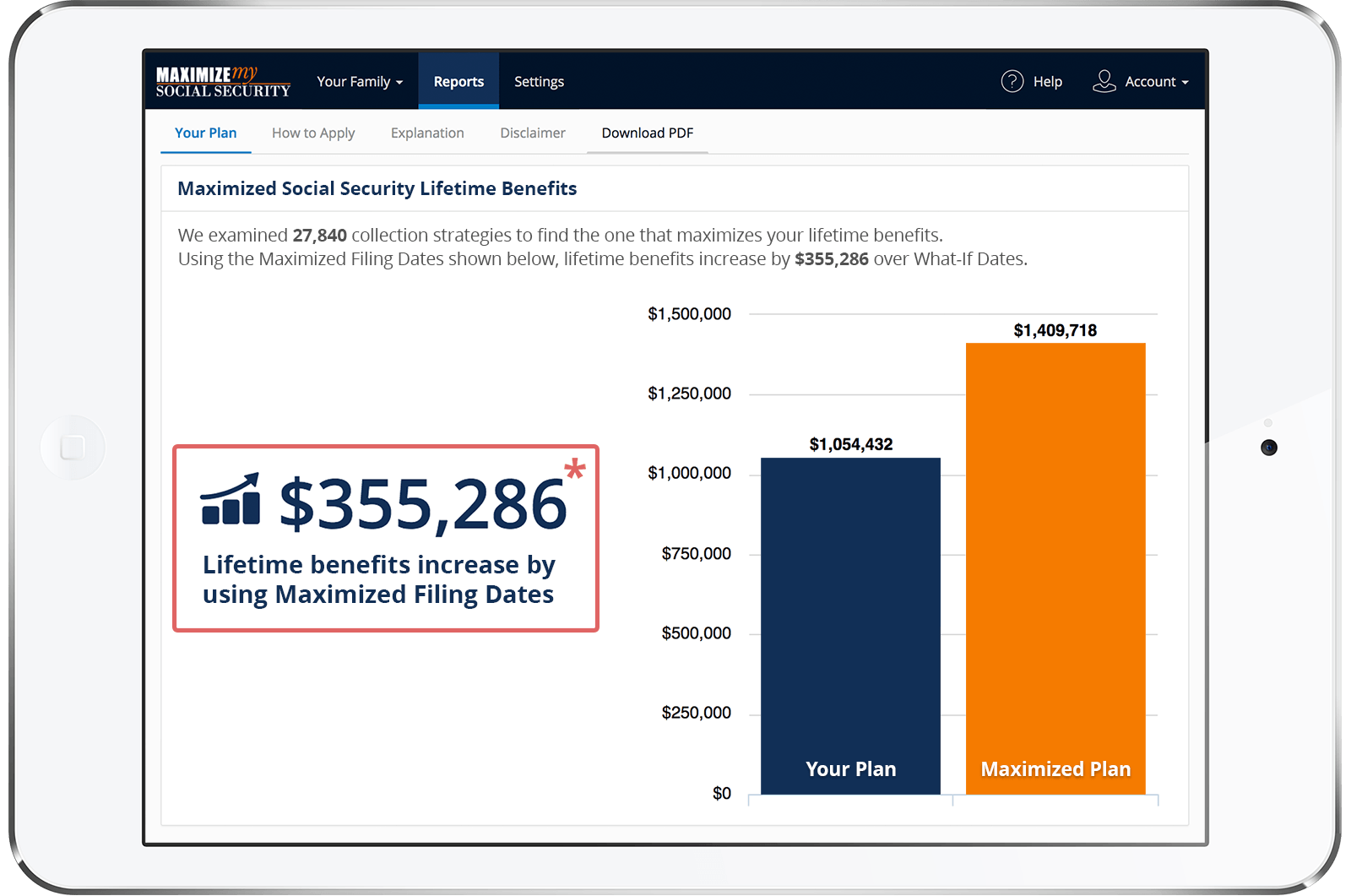I hope I can make my inquiry understood, it's a bit confusing hence my questions.
1. Am I right in understanding that when I apply for benefits at 62, I will receive the larger of either my own benefit amount, or half of my husband's benefit, minus 30% for either option since I will be retiring before FRA?
2. Will the calculation include the delayed retirement credits he earned, or will it be based on his primary amount without allowing for the credits?
3. If I survive him, will I receive the entire amount he receives, including delayed credits, and will I always have the 30% reduction regardless of my age when receiving survivor benefits?
4. The ssa website uses the phrase "basic benefit amount" - What is used in that calculation, and does it include the aforementioned delayed retirement credits?
I think that's it, thanks for the help.
Hi,
You aren't entirely correct with regard to how your rate would be calculated if you file at age 62. If you qualify for Social Security retirement benefits and you file for benefits at age 62 your own benefits are always paid first, even if you also qualify for spousal benefits. The reduction percentage applied to a person's own retirement benefits at age 62 varies from 25% to 30% depending on the person's year of birth. The 25% rate applies to people born in 1954 or earlier, and the 30% rate applies to people born in 1960 or later. The percentage reduction falls between 25% and 30% for people born between 1954 & 1960.
If a person files at age 62 and they qualify for both their own benefits and for spousal benefits, their spousal rate is calculated and paid as an excess, or partial, benefit. You can only qualify for an excess spousal benefit if your own primary insurance amount (PIA) is less than 50% of your spouse's PIA, and if your spouse is receiving their own benefits. A person's PIA is equal to the amount of their Social Security retirement benefit rate if they start drawing at full retirement age (FRA). Spousal benefits are reduced for age at a rate 5% higher than are Social Security retirement benefits, so the percentage reduction at age 62 varies from 30% to 35%.
For example, say Amy files for benefits this year at age 62 and her PIA is $700. Amy's husband's is drawing his benefits and his PIA is $2000. Amy's own PIA would be reduced by roughly 28% to $504. Her unreduced excess spousal rate would be calculated by subtracting her PIA from 50% of her husband's PIA, which in her case is $300. However, that amount is reduced for age by roughly 33% to $201. So, Amy would receive a combined rate of $705 (i.e. $504 + $201).
Delayed retirement credits (DRC) are not considered in the calculation of spousal benefits. So, even if Amy's husband had waited until age 70 to start drawing his benefits and was receiving 32% more than his PIA, Amy's spousal rate would be calculated based on his PIA. However, widow's benefits are calculated using any DRCs earned by the deceased spouse.
For example, say Amy's husband waited until age 70 to start drawing his benefits, and is receiving 32% more than his PIA, or $2640. If he dies after Amy reaches FRA, Amy would then be eligible for an excess widow's rate equal to her husband's full age 70 rate minus Amy's own rate, which in Amy's case would be $2136 (i.e. $2640 - $504). Amy would also continue to be paid her own reduced rate of $504, giving her a combined rate equal to her husband's full rate of $2640. Thus, the fact that Amy started drawing her own benefits and spousal benefits at age 62 would not reduce her total rate once she becomes entitled widow's benefits.
I don't know what the term 'basic benefit amount' was used in reference to, so I can't answer your last question. You and your husband may want to strongly consider using our software (https://maximizemysocialsecurity.com/purchase) to calculate your potential benefit rates and determine your best strategy for maximizing your benefits.
Best, Jerry
